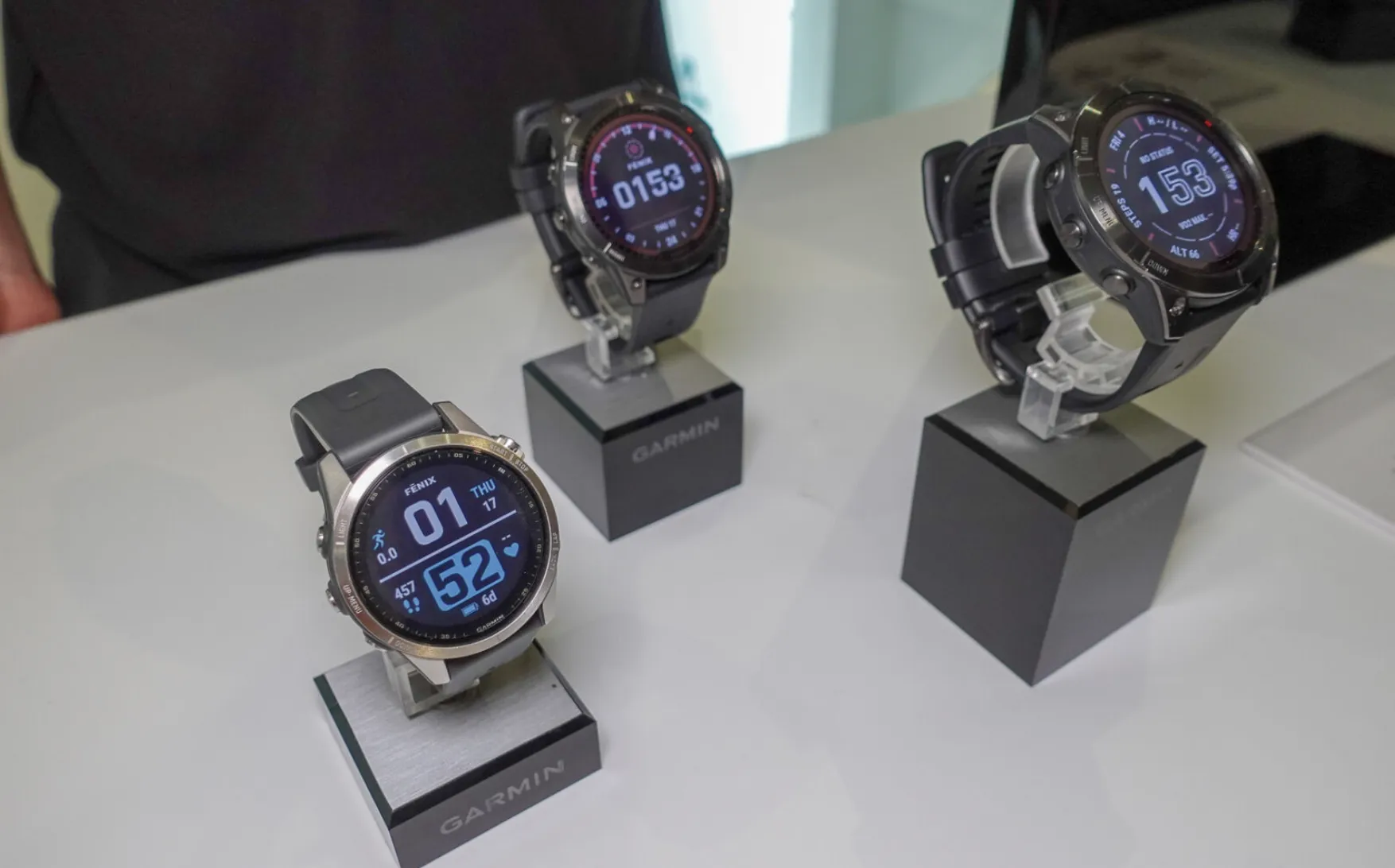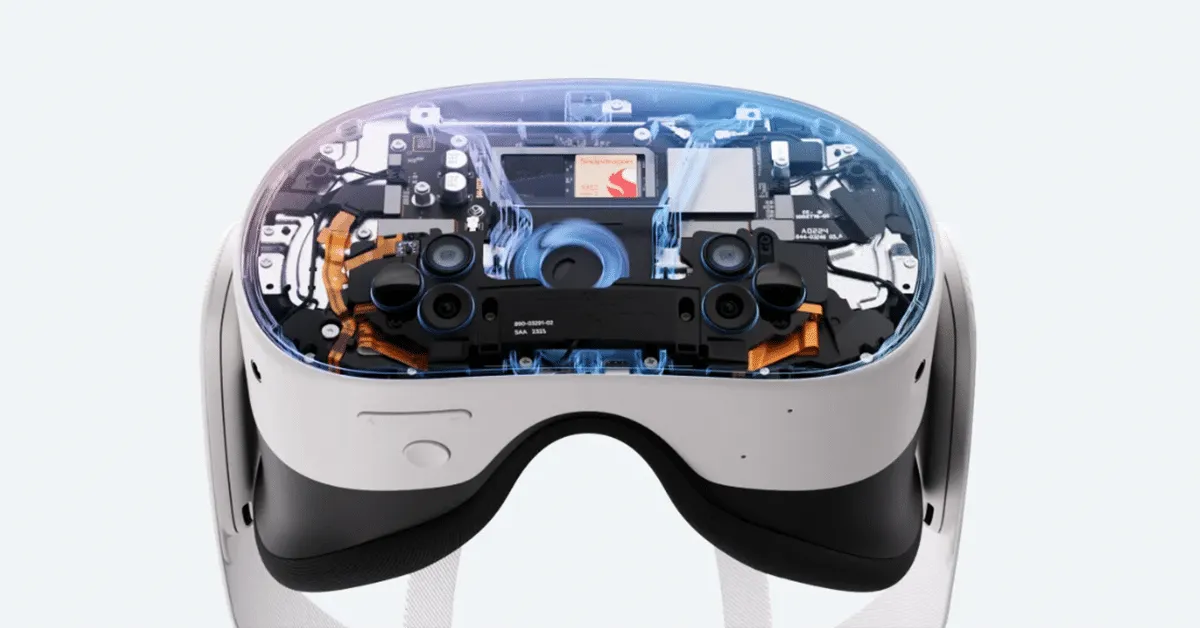Meta has officially introduced Vibes, a new short-form video feed integrated into its Meta AI app and website meta.ai. The feature is designed to offer users a stream of AI-generated videos and let them experiment with creating or remixing content directly within the platform. Some hail it as a bold step toward AI creativity; others deride it as low-quality or “AI slop.”
In this article, we dig into how Vibes works, how Meta is positioning it, early reactions, the potential challenges, and what it signals about Meta’s evolving content and AI strategy.
What Is Vibes & How It Works
Core Concept
Vibes resembles a TikTok or Instagram Reels feed—but every video you see is generated or remixed via AI. It’s a short video stream where users can scroll, discover, and interact with AI-powered content.
Creation & Remixing Tools
Users aren’t just passive viewers—they can actively create or remix videos. Here are the options:
-
Generate from scratch: Start a new video using AI prompts.
-
Remix existing content: Take a video from the Vibes feed and add your own visuals, music, or style overlays.
-
Share out or cross-post: Once finalized, the video can be posted to the Vibes feed itself or cross-posted to Instagram and Facebook Stories or Reels.
Integration & Infrastructure
Vibes is available through the Meta AI app and on the meta.ai website. So it’s not locked only inside Facebook or Instagram—it’s a dedicated AI feed.
Meta’s early version reportedly leans on partnerships with AI image/video generation tools (like Midjourney, Black Forest Labs) to support early creative workflows. Over time, Meta expects to build and refine its own models to power future content.
As users interact more, Meta’s algorithm will tailor content to individual tastes, attempting to balance novelty with personalization.

Why Meta Is Pushing Vibes
Meta’s motivations for launching Vibes are multifaceted:
-
Aggressive push into AI & content innovation
Meta wants to assert itself as a leader in generative AI and content creation tools. Vibes is a visible showcase of what’s possible when AI and social media converge. -
A new playground for creators
By embedding creation tools in the platform, Meta hopes creators will experiment, iterate, and increasingly use Vibes as a content layer—leading to more engagement, retention, and content volume. -
Cross-platform synergies
Content from Vibes can be shared to Facebook, Instagram, and Reels. That means Vibes doesn’t live in isolation; it's part of the Meta ecosystem and could feed those platforms with fresh AI content. -
Monetization & AI-driven ad opportunities
Vibes might open new monetization paths: AI-driven image/video ads, sponsored AI experiences, or premium creator tools. For Meta, Vibes may become a source of incremental revenue tied to its AI investments. -
Differentiation amid AI arms race
With competitors like OpenAI, Google, and others pushing generative tools, Meta wants a creative edge. Vibes is a visible effort to differentiate Meta AI among consumer tools.
Early Reactions & Critiques
Praise & Curiosity
Some users and early adopters appreciate the experimentation angle. Being able to remix or build AI videos from scratch is appealing to creative types who want low barrier to entry. The idea of “democratized video creation” resonates with many.
Criticism: “AI Slop” Label
At the same time, many critics are not impressed. The term “AI slop” has been used to describe the output—low-effort, uninspired, derivative AI content. Some user comments have labeled Vibes output as bizarre, fuzzy, or generic.
The critiques highlight:
-
Lack of originality: AI tends to remix patterns from training data, often producing derivative, uninspired content.
-
Visual coherence issues: Many generated videos may have artifacts, mismatched details, or uncanny elements.
-
Content fatigue: Flooding users with AI-generated media risks saturating feeds with low-value content, reducing attention and quality.
-
Inconsistency: Some videos might impress, but many may feel shallow or nonsensical.
As one popular reaction put it: “every single video you come across is essentially just AI slop.”

Platform Consistency & Messaging Tension
Meta has previously emphasized promoting authentic storytelling on Facebook/Instagram. Launching a feed largely filled with generated content seems to conflict with that messaging emphasis. The tension between “authentic content” and generative AI feeds raises questions about platform identity and user expectations.
Technical & Operational Challenges
Meta faces a suite of hurdles before Vibes can truly scale with quality:
-
Model quality & training: Meta must refine its models to reduce hallucinations, artifacts, and low-fidelity visuals.
-
Scalability & compute cost: Generating video content at scale is computationally expensive. Meta needs infrastructure, optimization, and cost management.
-
Content moderation & safety: AI can generate harmful, inappropriate, or misleading content. Vibes will require strong filters, moderation, and oversight.
-
User adoption & retention: If users reject the perceived low value of content, adoption could shrink. Meta must sustain high engagement.
-
Copyright & ownership: Using remix tools raises questions about rights, derivative works, and attribution.
-
Balancing AI vs human creators: The platform must ensure human creativity isn’t drowned out by machine output.
Handling those issues will be crucial to Vibes’ credibility and sustainability.
Strategic Implications
For Meta & AI Roadmap
Vibes reflects Meta’s direction: positioning itself as not just a social network, but an AI creativity engine. The company’s restructuring in 2025 included forming Superintelligence Labs, signalling a priority shift to foundation models and AI product integration.
Vibes is likely one among several experiments to embed generative AI into user experiences across Meta’s footprint.
For Content & Creator Economy
Creators may adopt Vibes as a sandbox. But they’ll need to balance AI output with originality to stand out. Some may use Vibes as raw material, refining or editing it further before publishing elsewhere.
Over time, platforms like Vibes could become feeders for other Meta platforms, blurring lines between AI and human content. The success or failure of Vibes could influence how platforms think about AI content augmentation tools versus human-first content.
For Competitors & Industry Reaction
Other platforms like TikTok, YouTube, and Snapchat will watch closely. Do they build native generative AI feeds or tools? Vibes sets a competitive benchmark. Also, the broader AI content arms race intensifies—who can produce more compelling, higher-quality generative media?
For Users & Content Saturation
Users may tire quickly if AI feeds provide low-value or repetitive content. Platform fatigue is a risk. Meta must carefully manage balance, curation, and quality to avoid degrading user trust.
What to Watch Moving Forward
-
User engagement metrics: Do users scroll, react, spend time, create content?
-
Quality vs novelty: Will Meta refine Vibes to prioritize higher quality over raw volume?
-
Creator adoption: How many creators actively use Vibes tools and remix features?
-
Cross-platform synergy: How quickly will content from Vibes appear on Facebook, Instagram, Reels?
-
AI model evolution: How fast will Meta replace partnered models with its own internally-trained vision/video generative models?
-
Regulation & ethics: How Meta manages copyright, false content, moderation, and attribution may set precedents.
SEO Tips & Article Structuring Notes
-
Use H2 and H3 headings like “What Is Vibes & How It Works,” “Reactions & Critiques,” “Technical Challenges,” etc.
-
Naturally weave keywords: “Meta Vibes launch,” “AI short video feed,” “AI slop debate,” “create or remix AI video,” “Meta AI content strategy.”
-
Include examples (like fuzzy creatures, remixing visuals) to illustrate what early content looks like.
-
Provide both positive and critical angles to appear balanced.
-
Anticipate reader questions: “Will my videos from Vibes reach Instagram?”, “Is content safe/ copyright-compliant?”, “How is Vibes different from Reels/TikTok?”
With Vibes, Meta embraces a bold experiment: surfacing a feed entirely composed of AI-generated videos and giving users tools to remix and create their own. While it could usher in new forms of expression and creative experimentation, its reception so far is mixed. Many critics call Vibes output “AI slop” — derivative, low-effort, or shallow content that fails to resonate.
Meta faces strong technical, moderation, adoption, and identity challenges. If Vibes is to succeed, it must evolve quickly—delivering better quality, moderation safeguards, and platform synergy. At stake is how Meta positions itself in the AI content ecosystem: will it be a leader in generative creativity, or a repository of low-value noise?
Ultimately, Vibes is a glimpse into a future where AI content and human content intermingle, and where creation tools are no longer optional add-ons—but baked into everyday social media experiences. Whether that future excites or fatigues users depends on how well Meta can balance novelty, quality, and meaning in the flood of generative content.



-1706151312.jpg)

